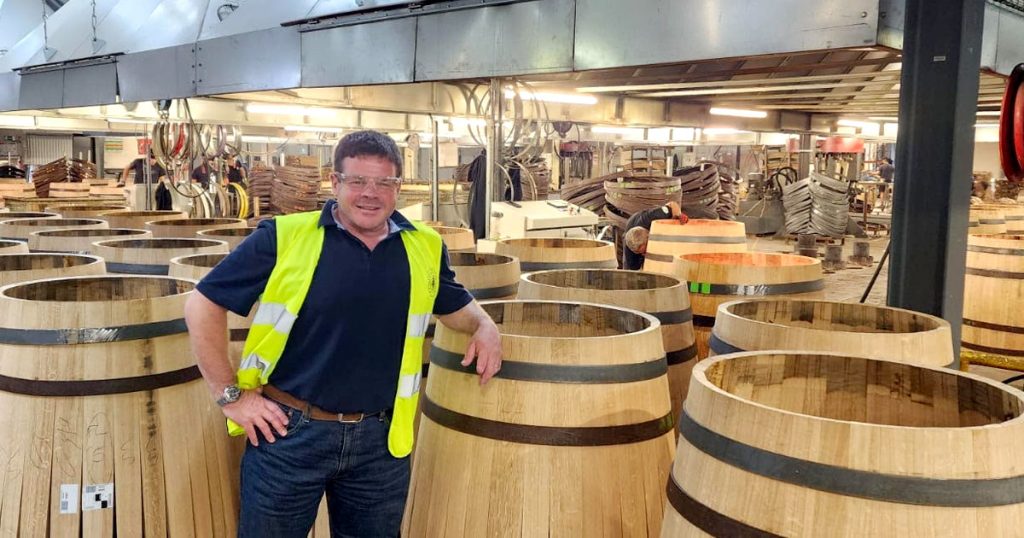
The climatic conditions of our two countries, France and Australia, fundamentally drive the styles of wines produced in each region.
France’s cooler conditions, gravelly mineral soils and lower sunlight intensity result in wines built around a tannin and acid structure, with less rich, ripe primary fruit influence. Age and maturation in oak then steps in to enhance complexity and balance, creating those legendary French profiles we all know.
Australian wines, by contrast, have never struggled for primary, vibrant fruit aroma and flavour. Our abundance of sun, rich and fertile soils, and seemingly endless hours of sunlight see to that. These conditions give us densely coloured, fleshy, juicy wines with perceivable sweetness, often requiring a touch of acid to stretch out the palate before being complexed with oak during ageing.
I’ve long pondered whether we in Australia have been somewhat timid about acid and tannin in our wines.
Comparing our structures to Old World wines certainly suggests this might be the case.
Perhaps it’s time we embraced these elements more confidently, while still celebrating the unique characteristics our climate provides.
